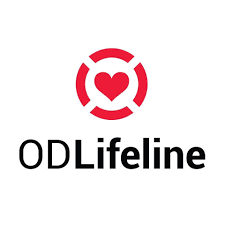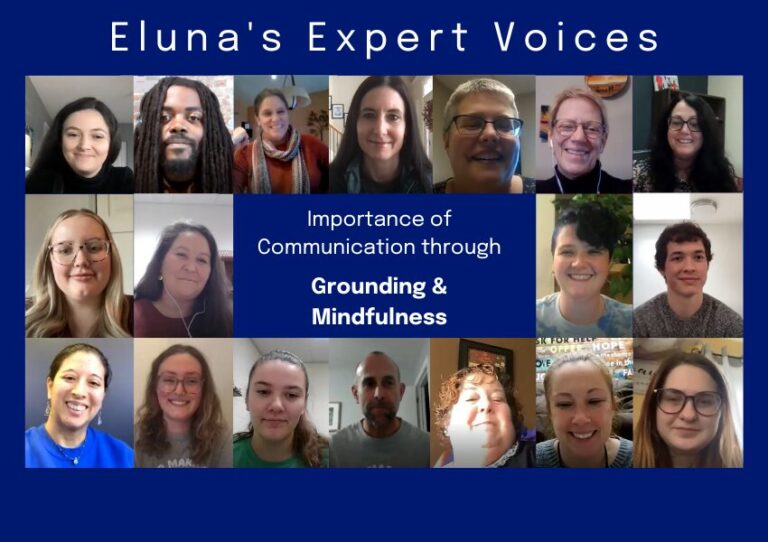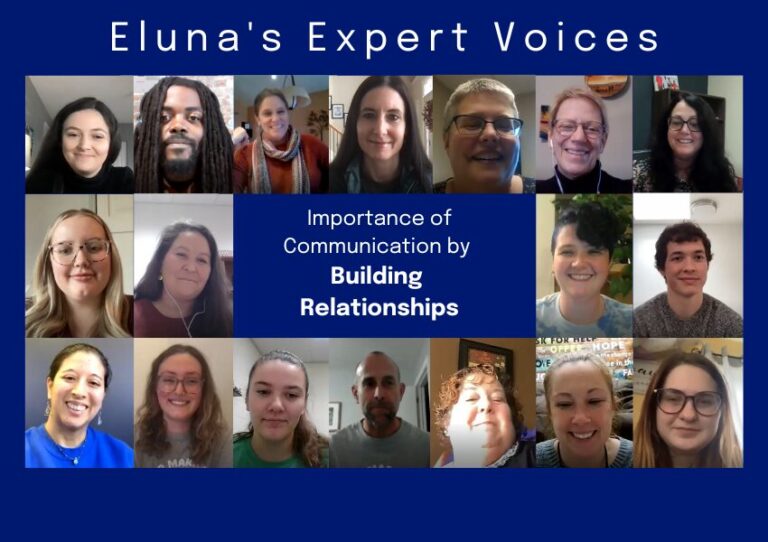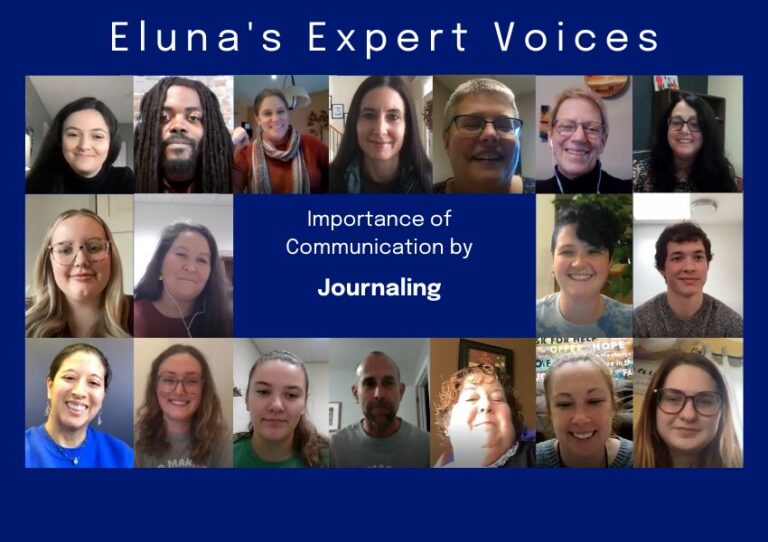Eluna’s Expert Voices – Importance of Communication through Music
Have you ever been transported back in time when a certain song comes on? Music is not just a memory tool, but can be used to regulate our moods and morning attitudes! Rachel, Clinical Camp Director at Camp Mariposa: Aaron’s Place in Indianapolis, shares an array of song-based strategies and activities that anyone can incorporate into the daily lives of children & teens. This video is literally, music to our ears!
Music For Transitions
We know that campers who have experienced trauma in their past struggle sometimes with moving from one activity to the next. By using music, we are first of all softening the blow of change with something that sounds warm and familiar. It honestly takes the pressure off of us as the adults to say “it’s time to do this” because all of the sudden there is music playing and the kids know what to do. An example of that is at the end of the campfire, when it’s time for the kids to go back to the cabins, we always play Hit the Road Jack.
Music For Introspection
We also use it to teach kids about introspection: being able to listen to their own bodies and recognize the signals that their bodies are sending them. Kids don’t alway pick up on ‘oh, my heart is racing or my face feels flush, maybe I’m anxious or I’m getting angry’. Using different varieties of music in an activity where we are saying, “how did this music make you feel?” “What made you know that it made you feel that way?”.
Music For Sensory Input
We do an activity where I might play a song by:
- Jaws. To think about – “oh ya, this makes me feel scared”. What does my body feel like when I feel scared?
- A little bit of very clean Five Finger Death Punch. Which might make you feel angry or worked up.
- Taylor Swift’s Shake it Off.
- Roar by Katy Perry – kids will say makes them feel powerful and proud.
Another great thing is the sensory side of music, Try:
- Head, shoulders, knees, and toes where you are reaching up and bending down.
- I’m alive, awake, alert & enthusiastic has big motions giving kids who need it, the stimulus input.
- If you’re happy and you know it. You are getting proprioceptive input that’s very calming and organizing.
We also know that the basic repetition and rhythm of music is calming for the nervous system – even if it is big and loud, it is still calming.
Music For Memory
Music is tied so strongly to memories – both good and bad. We’ve all experienced the phenomenon where you hear a song and you are magically transported back in time. Especially into our youth…. it happens for everybody. Making these memories that are surrounded by music is really helping us create these sensory snapshots and we are tethering these positive memories to the forefront of our kids minds so that they can also use these things to access those feelings of happiness when they might be going through something that is tough at home.



